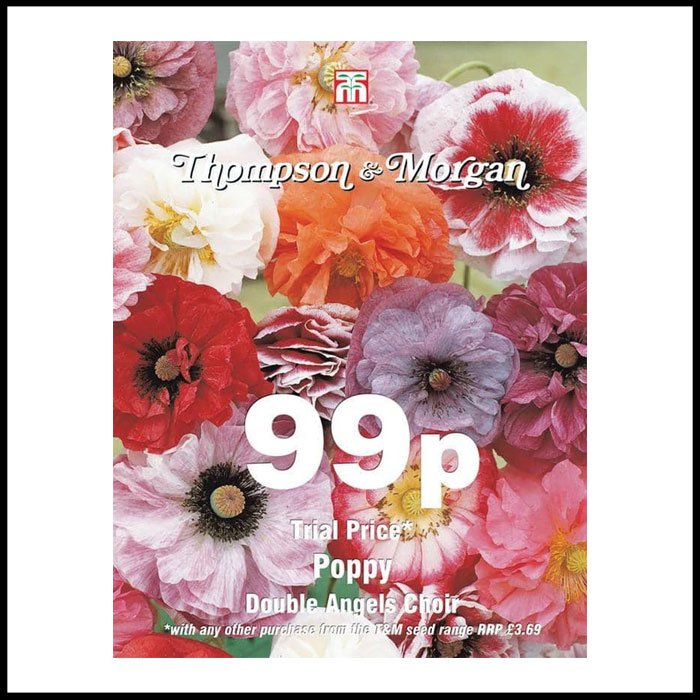Calendula - Candyman Orange
The longest flowering and best double pot marigold that we have grown on our trial grounds! Sturdy, dwarf, multi-branching plants produce large, luminous blooms, to brighten summer borders and containers. The daisy-like flowers of Calendula 'Candyman Orange' are excellent for cutting and can also be added to salads as an edible flower. Quick and easy to grow, Calendula copes in almost any garden situation, and even grows well in coastal areas.
Height: 25cm (10"). Spread: 30cm (12").
Culinary note: Some parts of these flowers are edible. The light peppery taste of the flowers can be added to breads for extra flavour with a touch of colour. Can also be used as a substitute for saffron when colouring rice dishes.
The longest flowering and best double pot marigold that we have grown on our trial grounds! Sturdy, dwarf, multi-branching plants produce large, luminous blooms, to brighten summer borders and containers. The daisy-like flowers of Calendula 'Candyman Orange' are excellent for cutting and can also be added to salads as an edible flower. Quick and easy to grow, Calendula copes in almost any garden situation, and even grows well in coastal areas.
Height: 25cm (10"). Spread: 30cm (12").
Culinary note: Some parts of these flowers are edible. The light peppery taste of the flowers can be added to breads for extra flavour with a touch of colour. Can also be used as a substitute for saffron when colouring rice dishes.
The longest flowering and best double pot marigold that we have grown on our trial grounds! Sturdy, dwarf, multi-branching plants produce large, luminous blooms, to brighten summer borders and containers. The daisy-like flowers of Calendula 'Candyman Orange' are excellent for cutting and can also be added to salads as an edible flower. Quick and easy to grow, Calendula copes in almost any garden situation, and even grows well in coastal areas.
Height: 25cm (10"). Spread: 30cm (12").
Culinary note: Some parts of these flowers are edible. The light peppery taste of the flowers can be added to breads for extra flavour with a touch of colour. Can also be used as a substitute for saffron when colouring rice dishes.
Direct sow calendula seeds outdoors where they are to grow from April to May. Choose a position in full sun on well drained soil which has been raked to a fine tilth. Sow seeds thinly, at a depth of 1cm (1/2") in drills spaced 30cm (12") apart and cover seed with its own depth of soil to exclude light. Water the ground regularly, especially during dry periods. Germination usually takes 5-10 days. When calendula seedlings are large enough to handle, thin them out to 30cm (12") apart.
Alternatively, sow indoors from March to April at a temperature of 18-23C (65-73F). When seedlings are large enough to handle, transplant and grow them on in cooler conditions until large enough to plant outdoors. For winter or early spring flowering, sow calendula in late summer or early autumn and grow plants on in a cool greenhouse or conservatory.















